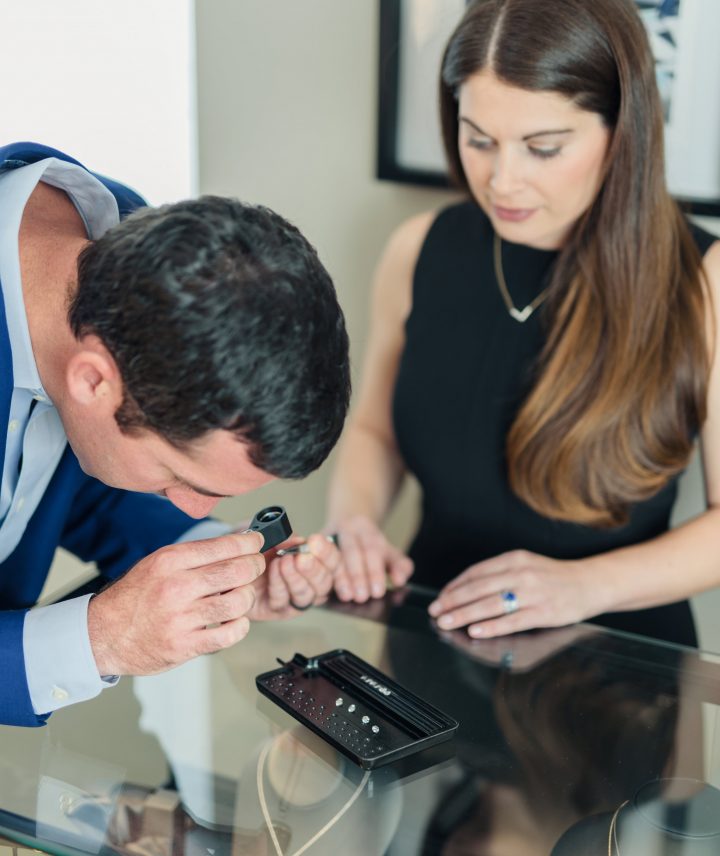When Leslie Voorhees got engaged, she did what everyone does: called her mom, started a Pinterest board, called a bridal boutique. But when the big (shopping) day arrived?
“I was horrified by the prices, by the lack of transparency,” the Harvard Business School alum remembers. “Why pay thousands for a dress that cost hundreds to make?”
Voorhees, whose previously worked on supply chains for both Nike and Apple, started to dig. What she found was: 75% of the world’s wedding dresses are actually made in Suzhou, China, an industrial suburb of Shanghai. And we’re not talking low-end, off the rack brands (which still cost $2,000-$5,000, btw). We’re talking Vera Wang and Oscar de la Renta—$10,000 dresses.
“They’re made in third party Chinese factories, then shipped to Europe for ‘finishing.’ A few beads, for example, earn a “Made in Italy” tag, with brides charged an additional markup for every step of the process: the factory, the designer, the boutique. The deck is literally stacked against you.”
Enter Anomalie. What started as an affordable means of providing Voorhees with her dream dress has turned into a six-month-old revolution. It’s Warby Parker for wedding dresses, schewing brick-and-mortar locations and working directly with factories to cut markups. 1,000 brides have contacted Voorhees since June, seeking custom designs ranging $800-$1,500 a piece (paid upfront and in-full). They will hit $1M in revenue with dress 830.
We caught up with the entrepreneur and her husband/CEO, Calley Means, over the phone from Means’s parents house in Half Moon Bay, California, where they moved when founding the company.








